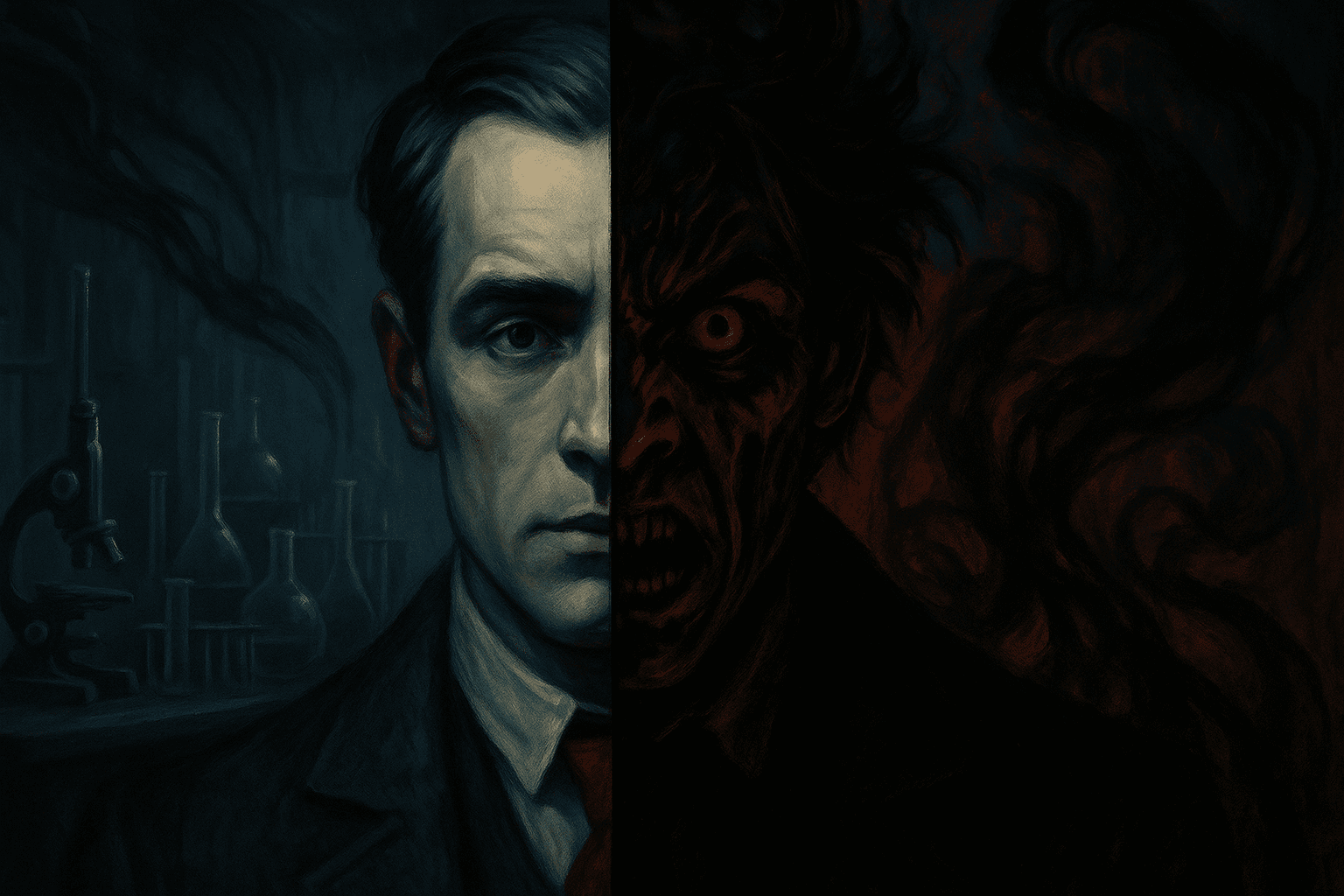The Dark Mirror: Exploring the Duality of Human Nature in Dr. Jekyll and Mr. Hyde

When you dive into the world of " The Strange Case of Dr. Jekyll and Mr. Hyde ," it’s impossible to ignore the haunting theme of duality that permeates every page. The narrative invites us to consider the complex layers of human nature: the good, the bad, and the often murky space in between. Through the contrasting lives of Dr. Jekyll and Mr. Hyde, we’re confronted with the unsettling truth that within each of us lies the capacity for both virtue and vice.
From the very beginning, we’re introduced to Mr. Utterson, a respectable lawyer who stands in stark contrast to the sinister figure of Mr. Hyde. Utterson embodies societal norms and morality, while Hyde represents the chaotic, unrestrained aspects of humanity. The shocking incident where Hyde tramples a child serves as a jarring reminder of the moral ambiguity that exists within us all. As Utterson grapples with his fascination for Hyde, the story raises profound questions: How much of our darker selves do we suppress? And what happens when those impulses break free?
As the plot unfolds, Utterson’s investigation into Jekyll’s will reveals an unsettling relationship between the two men, hinting at a deeper connection that defies societal expectations. Jekyll’s struggle with duality intensifies as he tries to navigate the societal pressures of being a respectable gentleman while harboring the darker impulses embodied by Hyde. This internal conflict becomes even more pronounced during Jekyll’s dinner with friends, where his composed exterior belies a storm of emotions brewing beneath.
The chilling murder of Sir Danvers Carew marks a pivotal moment in the story, showcasing the violent side of Hyde and the gruesome reality of Jekyll’s duality. As the investigation unfolds, we see how intertwined their identities are, emphasizing the notion that good and evil are not binary but rather exist on a spectrum within the same individual. The broken cane, a gift from Utterson to Jekyll, serves as a haunting reminder of the connection between these two sides of one man.
Even as Jekyll attempts to distance himself from Hyde, the tension between his identities only escalates. The chaotic disarray in his laboratory reflects his internal battle, revealing how deeply intertwined these two personas have become. The more Jekyll tries to suppress his darker self, the more powerful Hyde grows, culminating in a terrifying revelation: the more we fight against our inner demons, the more they can control us.
In the end, as we follow the tragic arc of Jekyll’s descent, we are left questioning our own duality. Jekyll’s acknowledgment of his dual nature—"If I am the chief of sinners, I am the chief of sufferers also"—sums up the essence of this theme. It reflects the reality that each individual is a tapestry of conflicting identities, woven together by the threads of our choices, desires, and societal influences.
As we close the story, we’re left pondering the ultimate irony: in trying to escape our darker selves, we may inadvertently give them more power. The duality of human nature is not just a theme to be examined; it’s a fundamental aspect of our existence, a reminder that we must confront the shadows within us instead of merely casting them aside. It’s a chilling reflection of what it means to be human, and perhaps the most haunting question remains: how well do we really know ourselves?
Books: The Strange Case of Dr. Jekyll and Mr. Hyde
Authors: Robert Louis Stevenson
Publishers: Public Domain